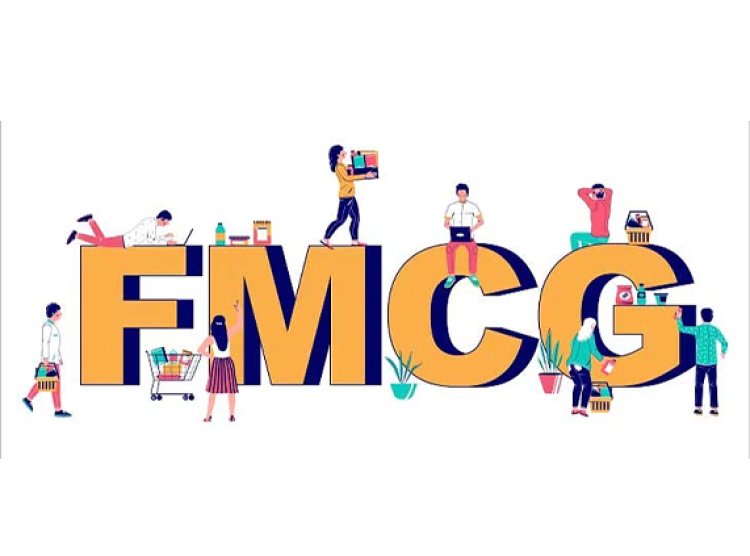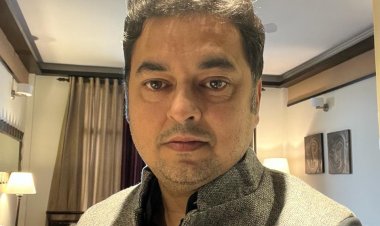World Cup and Festive Season Boost FMCG Demand, Expected 15% AdEx Increase
World Cup excitement and festive celebrations drive higher FMCG demand, potentially resulting in a 15% increase in advertising expenditure (AdEx)

The Fast-Moving Consumer Goods (FMCG) sector is experiencing a surge in demand as the festive season coincides with the start of the ICC World Cup, bringing hope and optimism to the industry. Experts predict significantly higher advertising spending this year compared to the past two years.
Mayank Shah, Chief Marketing Officer at Parle Products, revealed that advertising budgets for the festive season have increased by approximately 10-15% compared to the previous year. There has been a noticeable increase in consumer demand and purchasing behavior, signaling a stronger economic recovery and improved consumer confidence. The positive trend began with Independence Day and Rakshabandhan, leading to heightened sales and increased demand for Parle Products.
RSH Global's CMO, Poulomi Roy, also confirmed a surge in demand for skincare products, particularly creams and face washes. After two years of subdued celebrations, optimism is in the air, and consumers are eager to prepare for festivities.
Experts attribute the industry's current buoyancy to the combination of festive celebrations and the World Cup. During the previous festive season, FMCG companies faced challenges due to input cost inflation and subdued advertising spending. However, with the Cricket World Cup and Navratri underway and Dussera and Diwali approaching, the industry is experiencing a resurgence.
Marketing strategies for this festive season include a balanced media approach, combining TV advertisements, on-ground events in key markets, and engaging social media content tailored to the festive season. Brands like Parle and Dabur have given more prominence to digital platforms and social media, with a focus on online business due to its unprecedented growth.
Television remains a significant medium for promotion, with digital gaining ground. A typical allocation for this festive season is around 60% on television, 25% on digital, and the rest on other mediums like newspapers or outdoor advertising.
The digital medium has seen substantial growth, nearly two and a half times its previous size. However, television remains the primary focus, receiving the largest portion of marketing spend.
In the first half of this year, ad volumes in the FMCG sector on television grew by 6%, while radio witnessed a 7% increase. However, digital advertising experienced a 28% decline.
Television's general entertainment channels (GECs) were the most preferred platform, with Hindustan Unilever leading with a 23% share of ad volumes among FMCG advertisers.
Parle's marketing strategy for the festive season aims to leverage the emotional connection people have with festivals through targeted advertising campaigns across various channels, including television, digital platforms, and print media. Special festive gifting packs and limited-edition products will be introduced to create a sense of exclusivity, and promotional offers and discounts will incentivize consumer spending. The objective is to boost sales and reinforce Parle Products as an integral part of festive traditions.
In summary, the FMCG sector is optimistic about the upcoming festive season, with increased consumer demand and higher advertising budgets contributing to a positive outlook for the industry.

 Sumit Rawat
Sumit Rawat 










